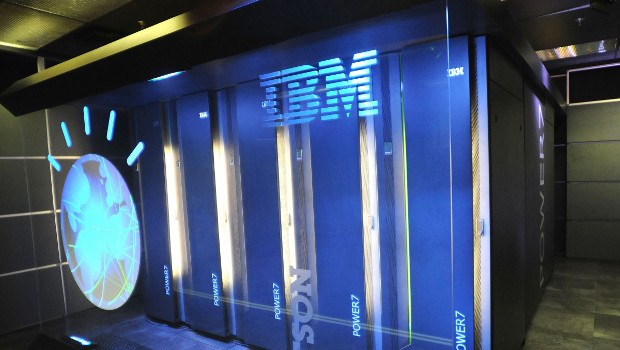If you are trying to figure out an optimal fantasy baseball line-up, how an unusually cool summer affected beer sales, or what Twitter users can tell you about why your company’s stock price tanked, then IBM’s Watson Analytics team has something new for you.
Pushing forward in the race to get analytics tools into the hands of non-technical users, IBM is unveiling Wednesday new offerings in its Watson Analytics line: data-discovery models called Expert Storybooks, new connectors to a range of data sources and more secure connections to corporate data.
At a New York event showcasing partners and applications, IBM officials are set to make the case that cognitive computing-based Watson Analytics has momentum. More than 500,000 people have registered to use Watson Analytics tools in the 10 months that they have been generally available, IBM says.
Many of those 500,000 registered users are not paying, however, but rather checking out the free tools IBM is offering. The free offerings are meant to highlight how, by moving analytics to a self-service, cloud-based model, business users can streamline analysis projects without investing in expensive and complex tech infrastructure.
End users
“It’s all about the end users, it’s all about the line of business users, the marketing pro, the sales pro, and giving them capabilities they’ve never had before in one common easy to use experience,” said John Colthart, product design leader at IBM Watson Analytics.
New Analytics services include a variety of Expert Storybooks, created with help from business partners. The Storybooks are essentially data discovery models producing sophisticated visualisations to help users find relevant facts and discover patterns and relationships to make predictive decisions.
With baseball statistics from AriBall, for example, Watson Analytics is offering an Expert Storybook to build predictions of player performance for users to get an edge against their fantasy baseball competitors. A Storybook built with The Weather Company is designed to help users incorporate weather data into revenue analysis; a Twitter Storybook helps analyse social data to, among other things, measure reputational risk.
The free Storybooks have limits on file sizes and how much user data they can store, but users can consult with IBM or its partners to get expanded capabilities on a paid basis.
Wider sources
New data connectors are designed to give Watson Analytics users access to a wider range of sources, including Amazon Redshift, Apache Hive, Box, and Cloudera Impala.
In addition, IBM has bolstered the Watson Analytics’ ability to securely connect to corporate information with new functionality from the company’s cloud-based data refinement and access service, DataWorks. The new features use Docker containers to transport automatically encrypted data through a secure connection.
Watson cognitive computing services are embedded in Watson Analytics offerings, for example giving users the ability to ask natural language questions or proposing a series of new relevant areas for them to explore. “It’s constantly giving you proposals, so it’s constantly, as you’re entering data or as you’re asking questions, it’s constantly learning what you’re looking for and trying to propose to you how to go and access that,” Colthart said.
Strong competition
While acknowledging that there is strong competition to bring analytics to the masses, for example in the form of Microsoft’s Power BI, Colthart maintains that Watson Analytics has an edge in predictive analytics and forecasting. And as more cognitive computing services are embedded in Watson Analytics offerings, those predictive analytics feature will only get stronger, Colthart said.
IBM first developed Watson as a research project to compete against humans on the game show “Jeopardy.” Watson can come up with answers to questions using a range of sources in various formats. It was able to hone its answers by learning how to formulate the best responses in an iterative, trial and error process. Because this approach to problem solving emulates how humans think, it is known as cognitive computing.
IBM is on a continuous delivery model, such that cognitive computing services are added into Watson Analytics every month or even every two weeks, Colthart said.
“You’ll see us in the future try to ensure that the entire platform as the user experiences it is underpinned by the right services from the Watson Group to make that either more delightful in terms of finding interesting patterns or just to allow them to access a much higher degree of unstructured data, for example,” Colthart said.
Marc Ferranti, IDG News Service








Subscribers 0
Fans 0
Followers 0
Followers